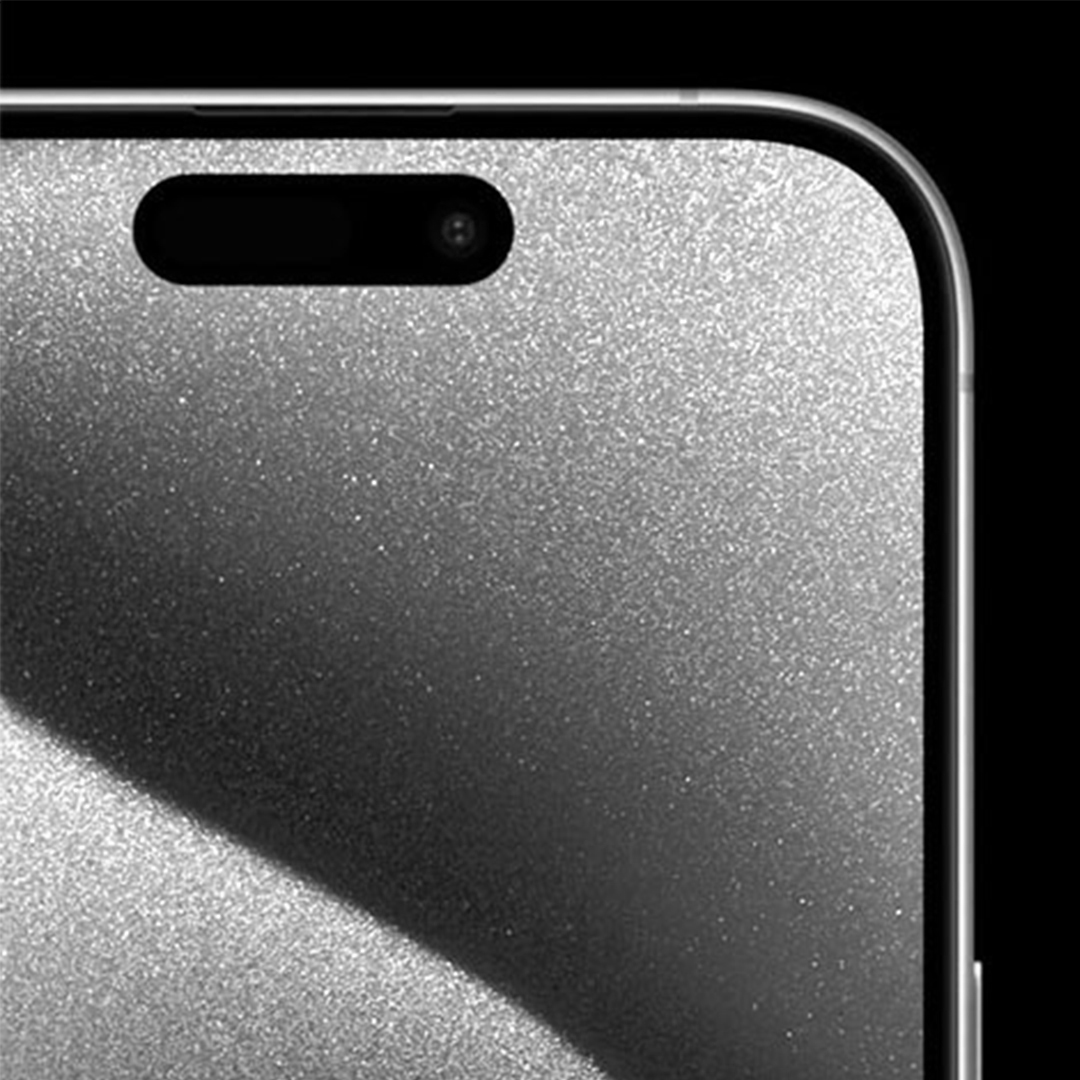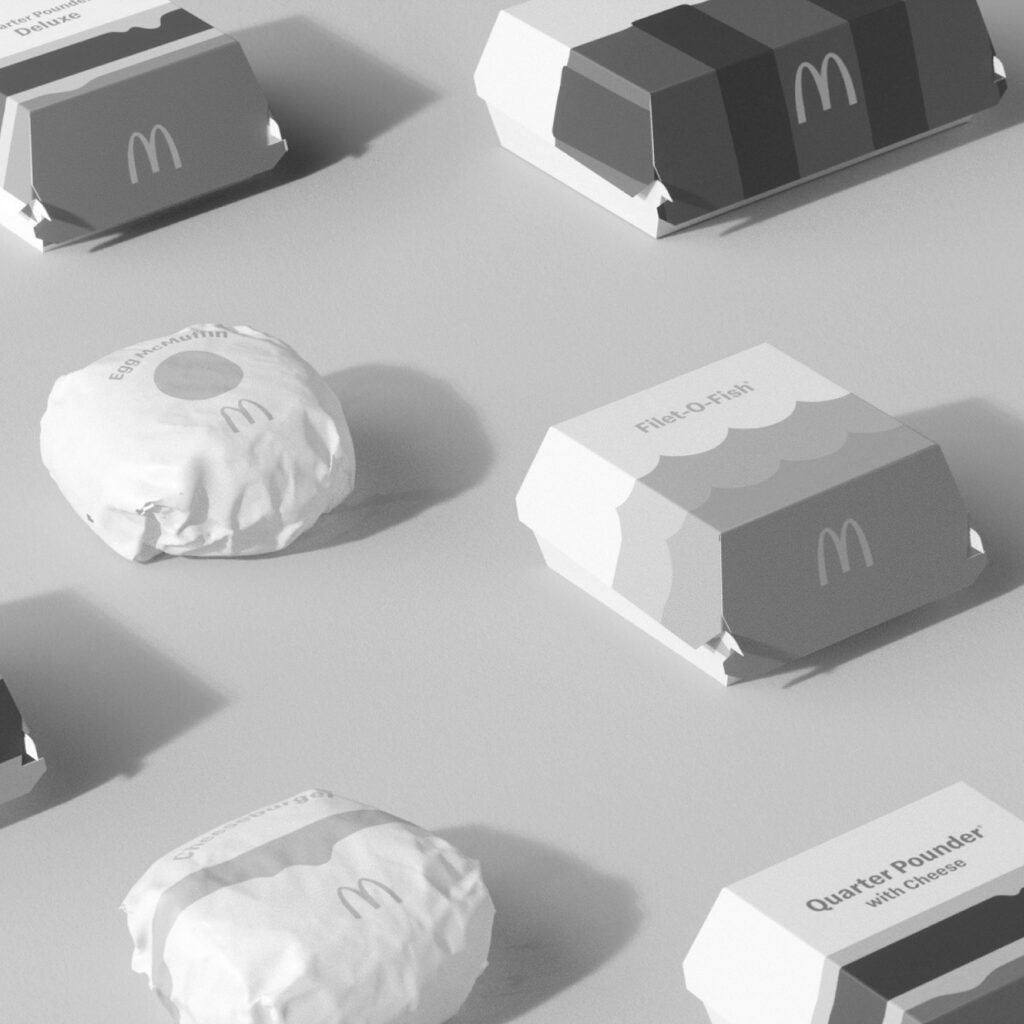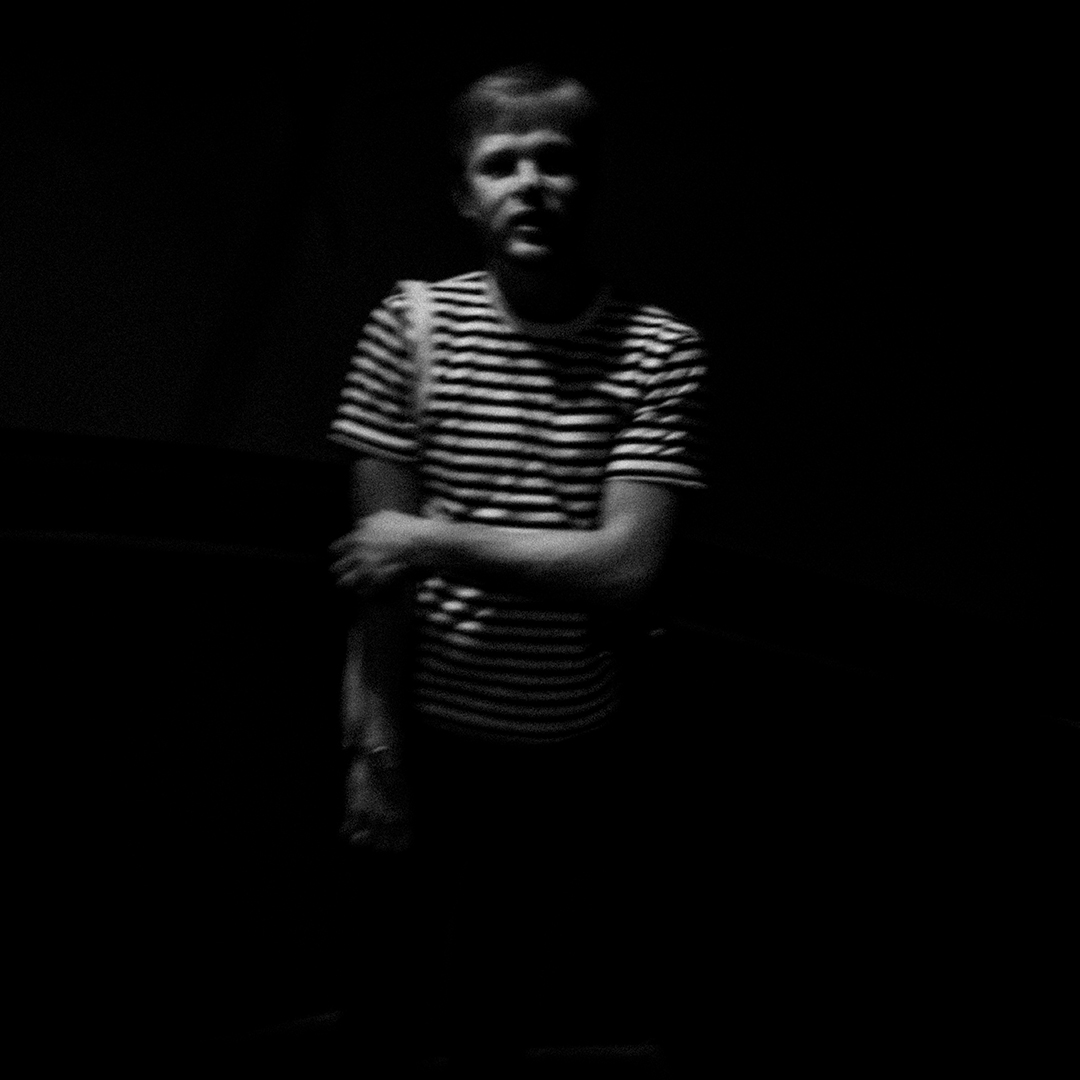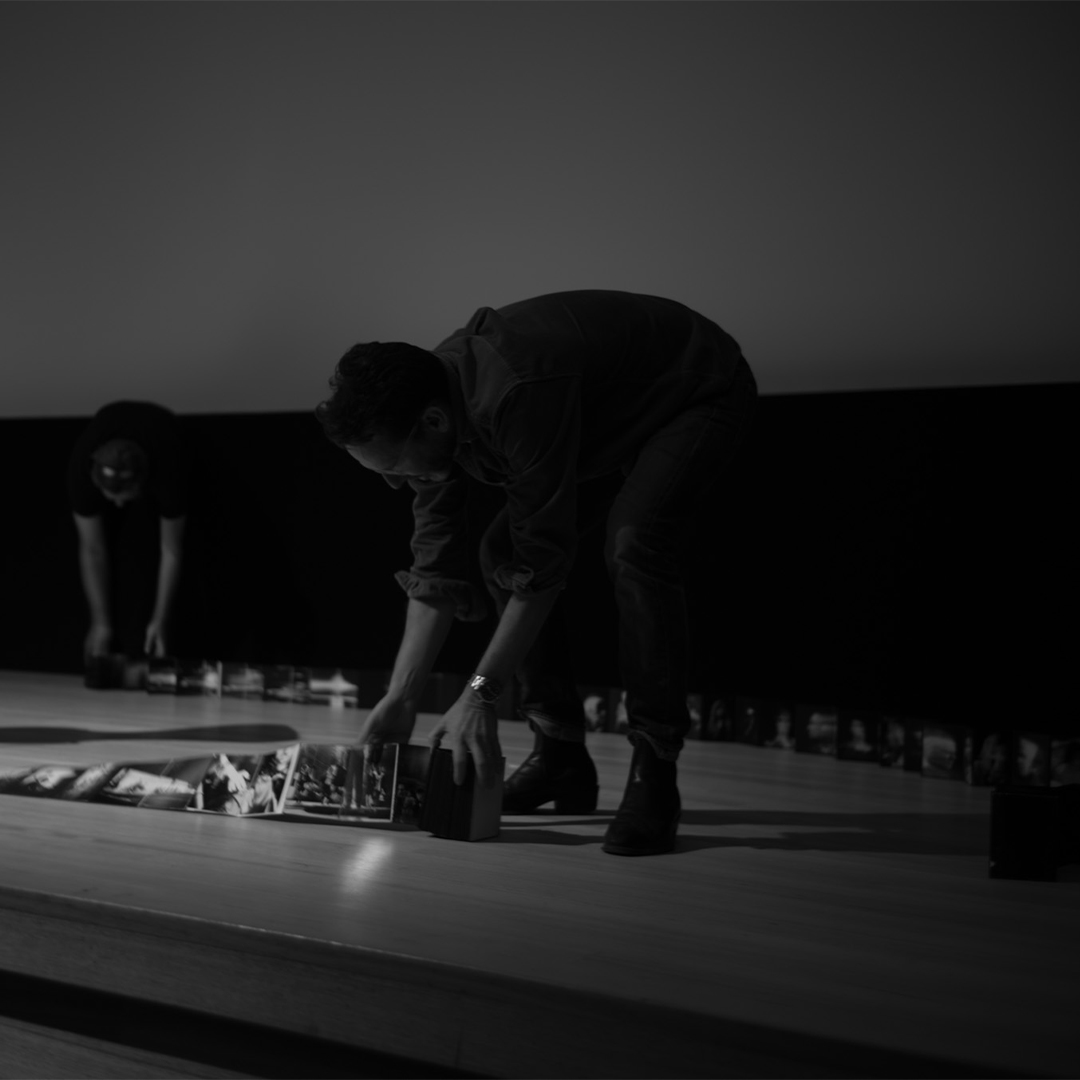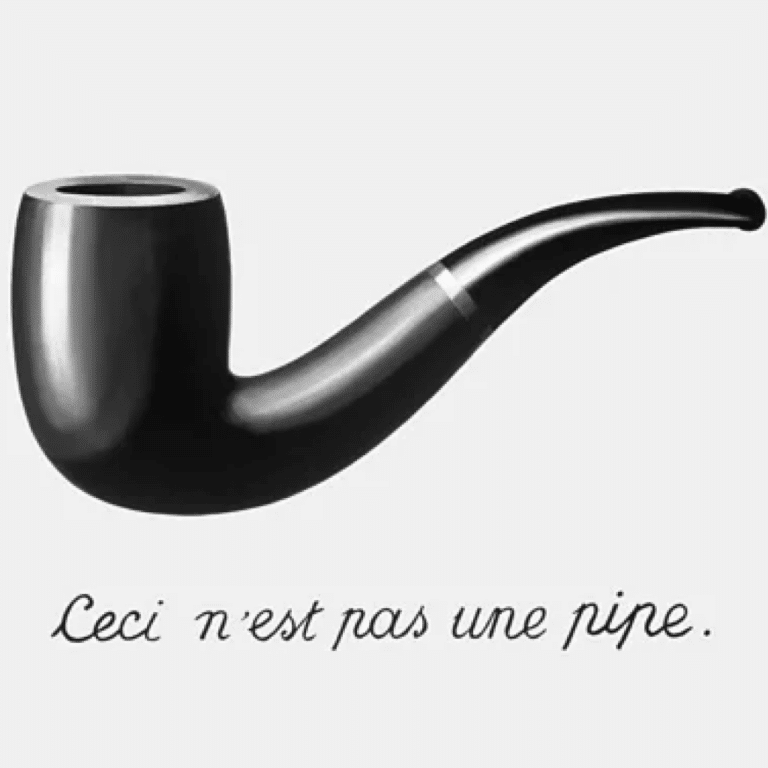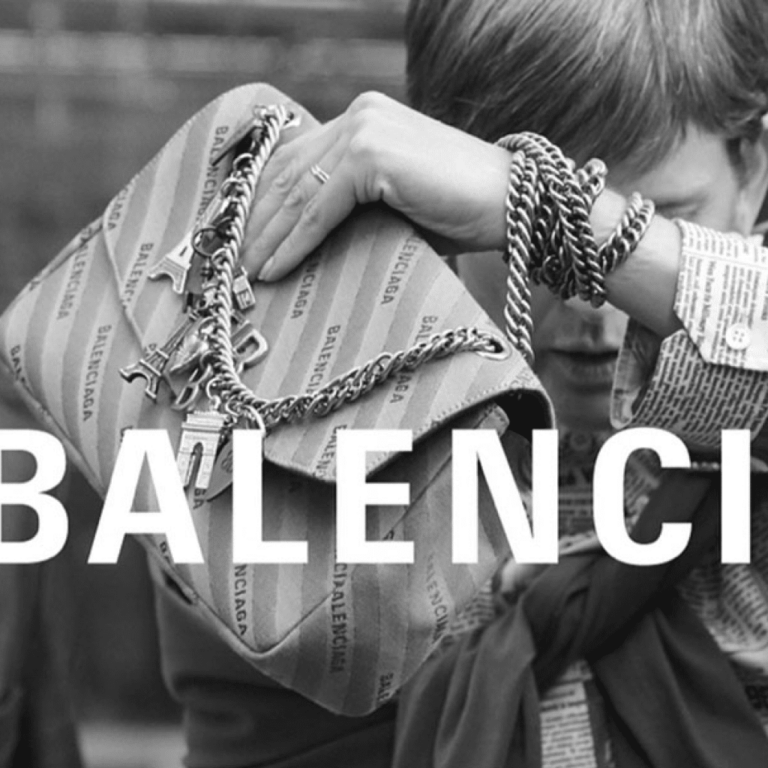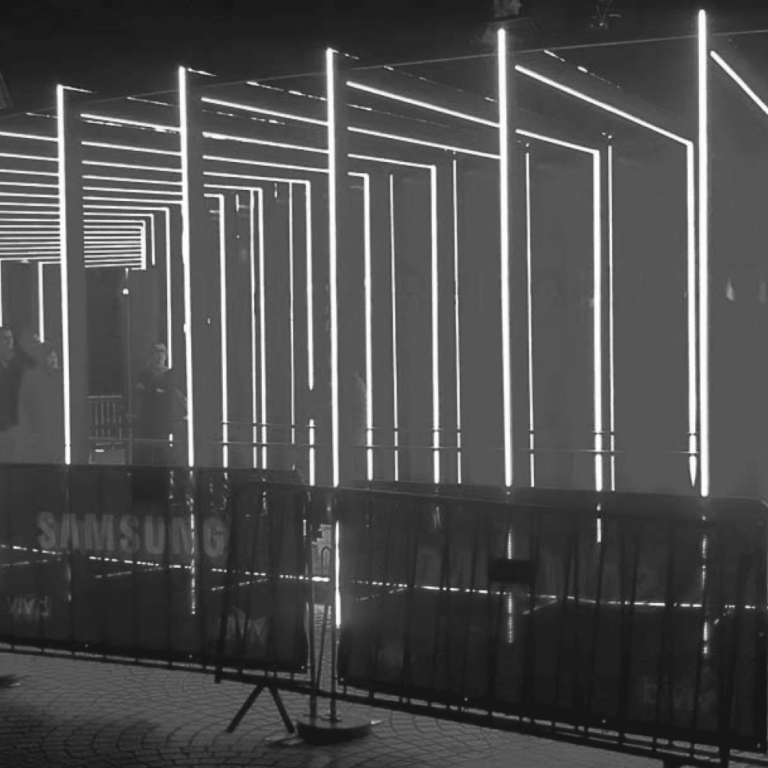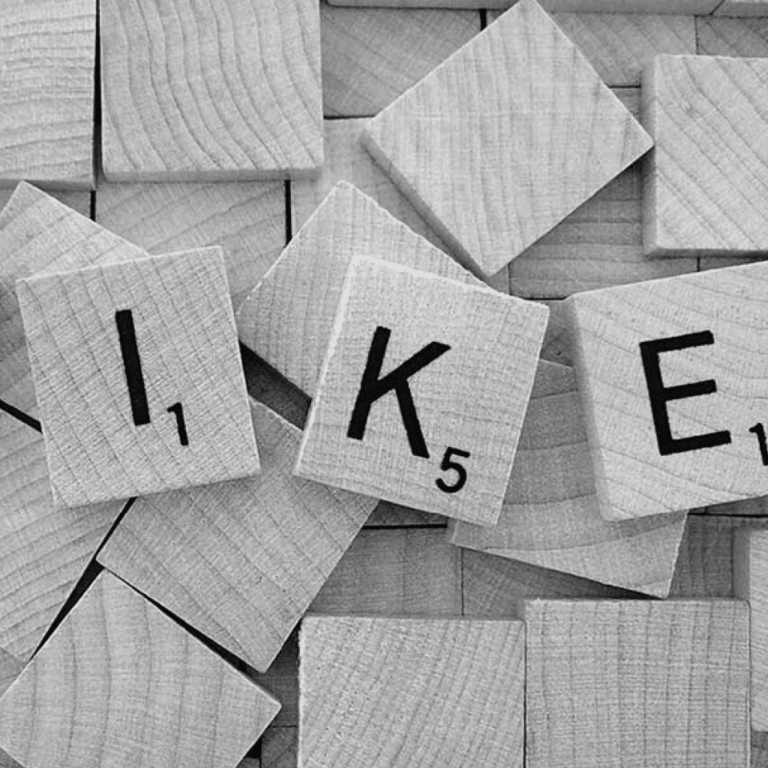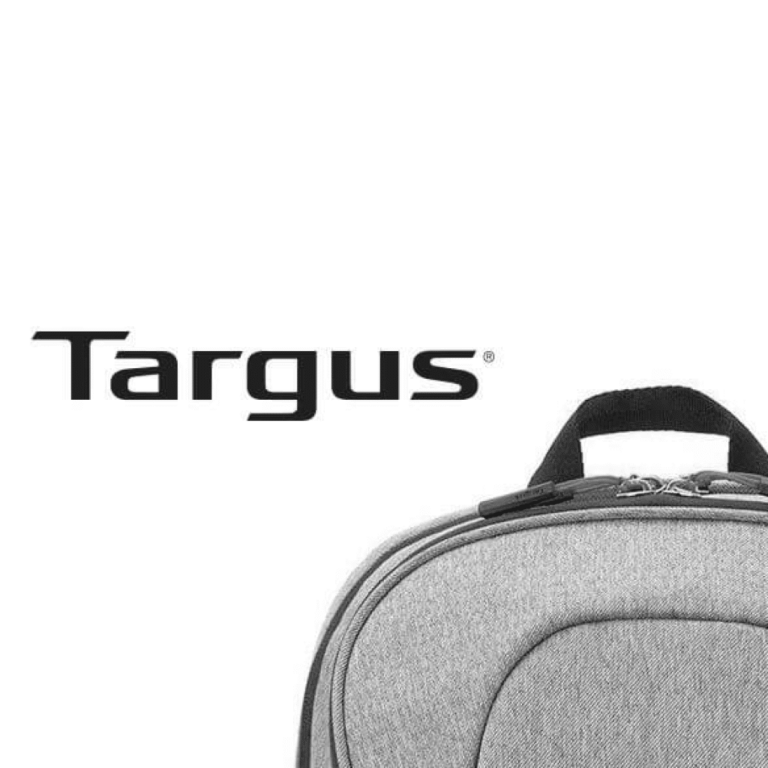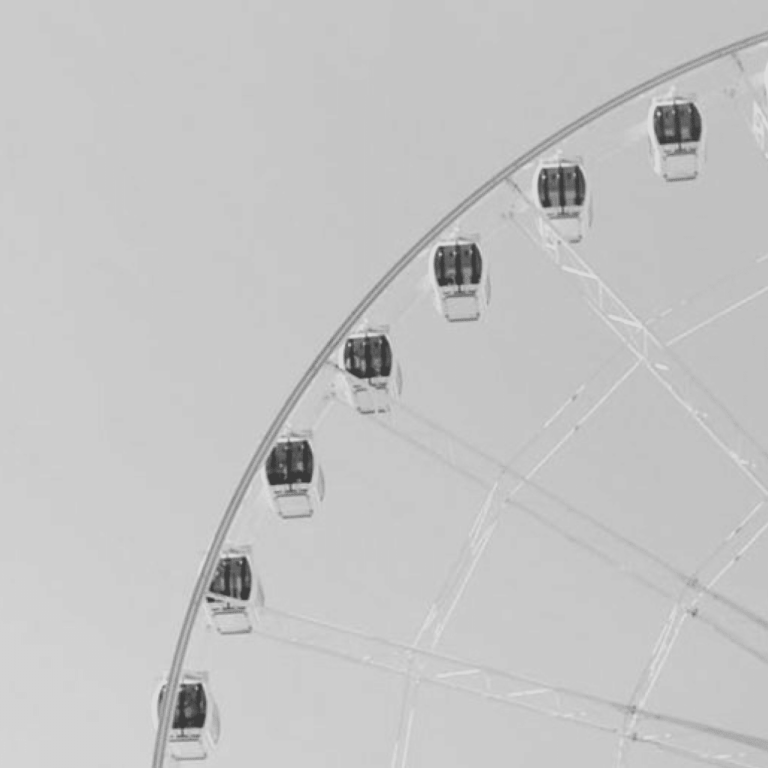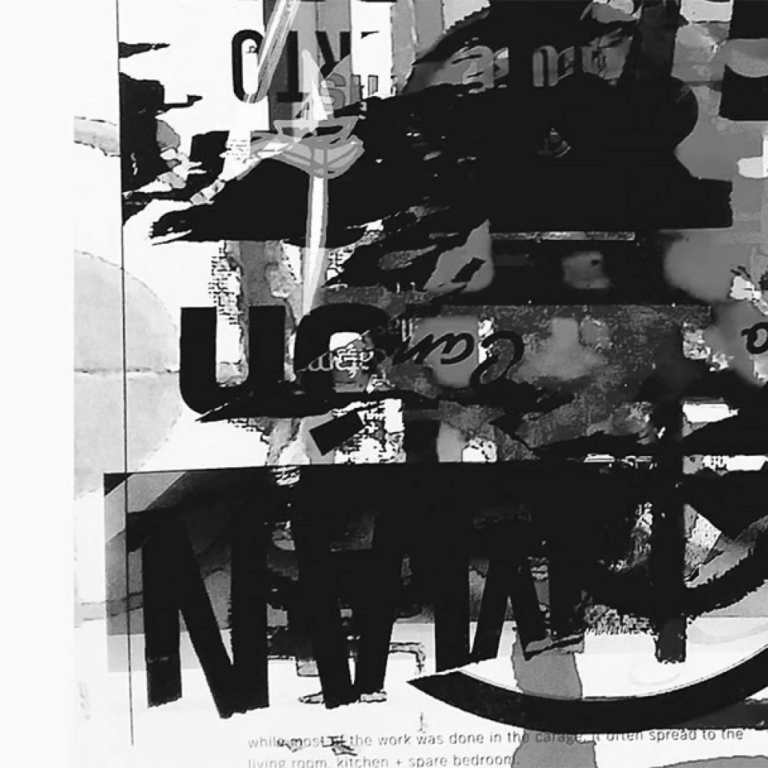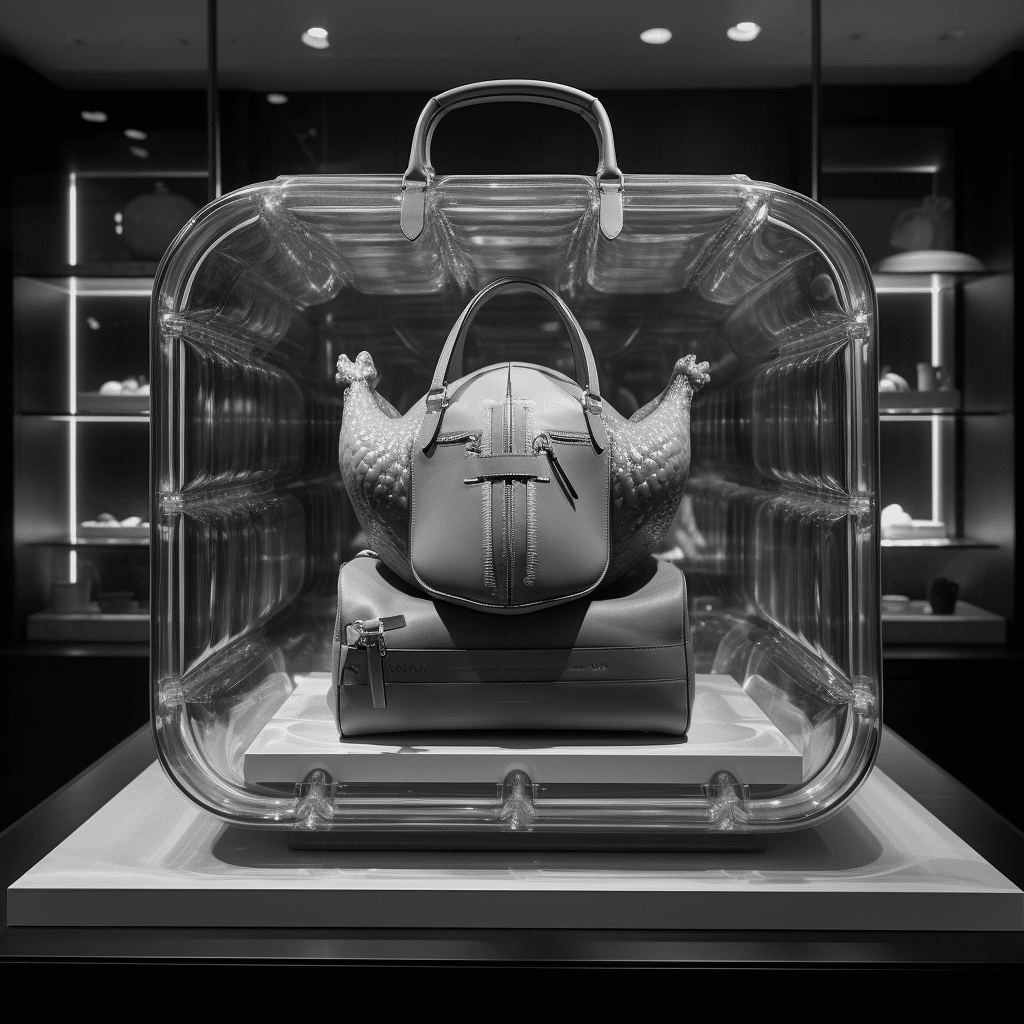INSIGHTS / BRAND & STRATEGY
TREND-SPOTTING: BRANDS KILLING IT WITH SELF-REFLECTION
Uberbrand on 27/06/2018
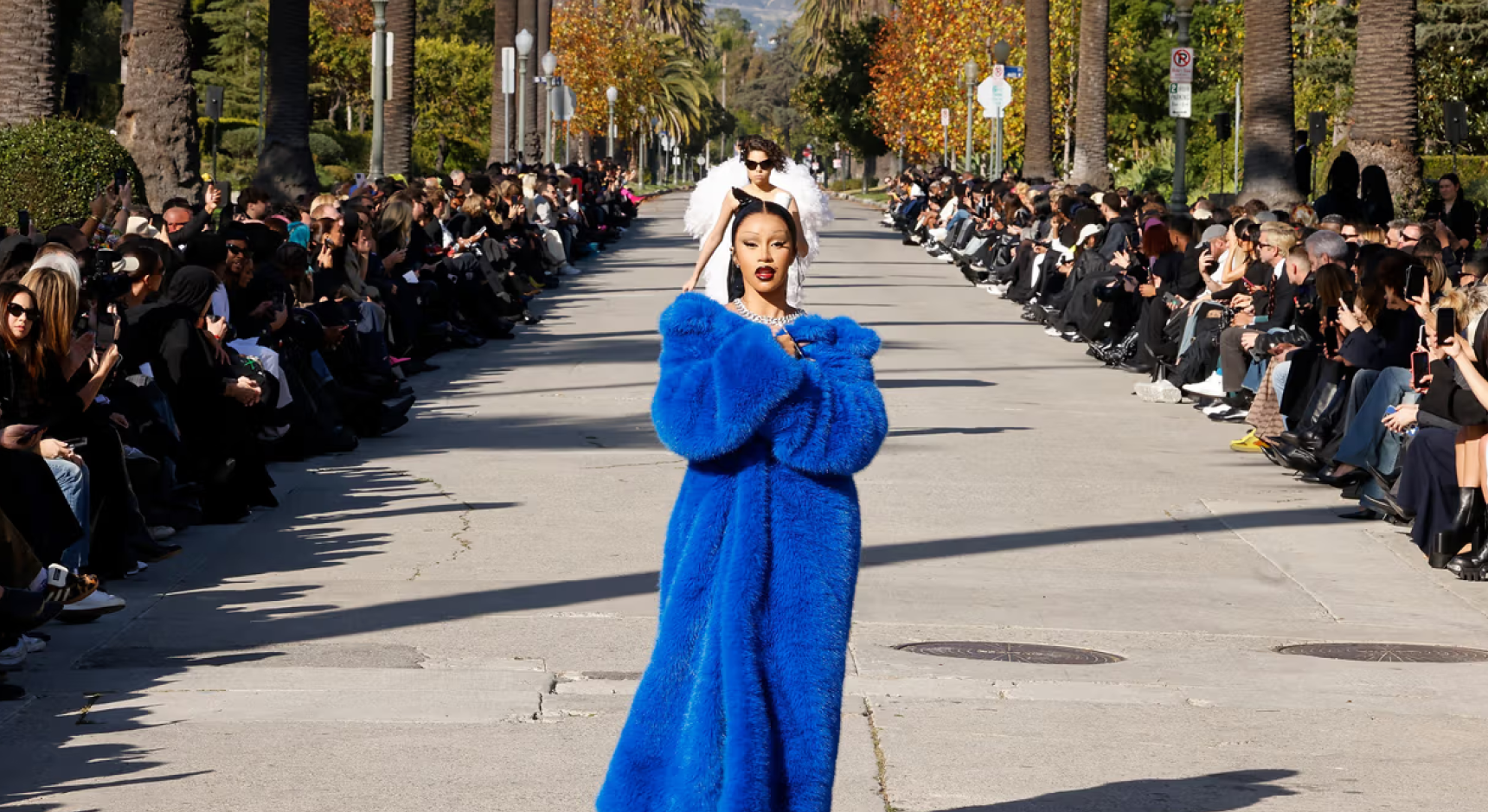
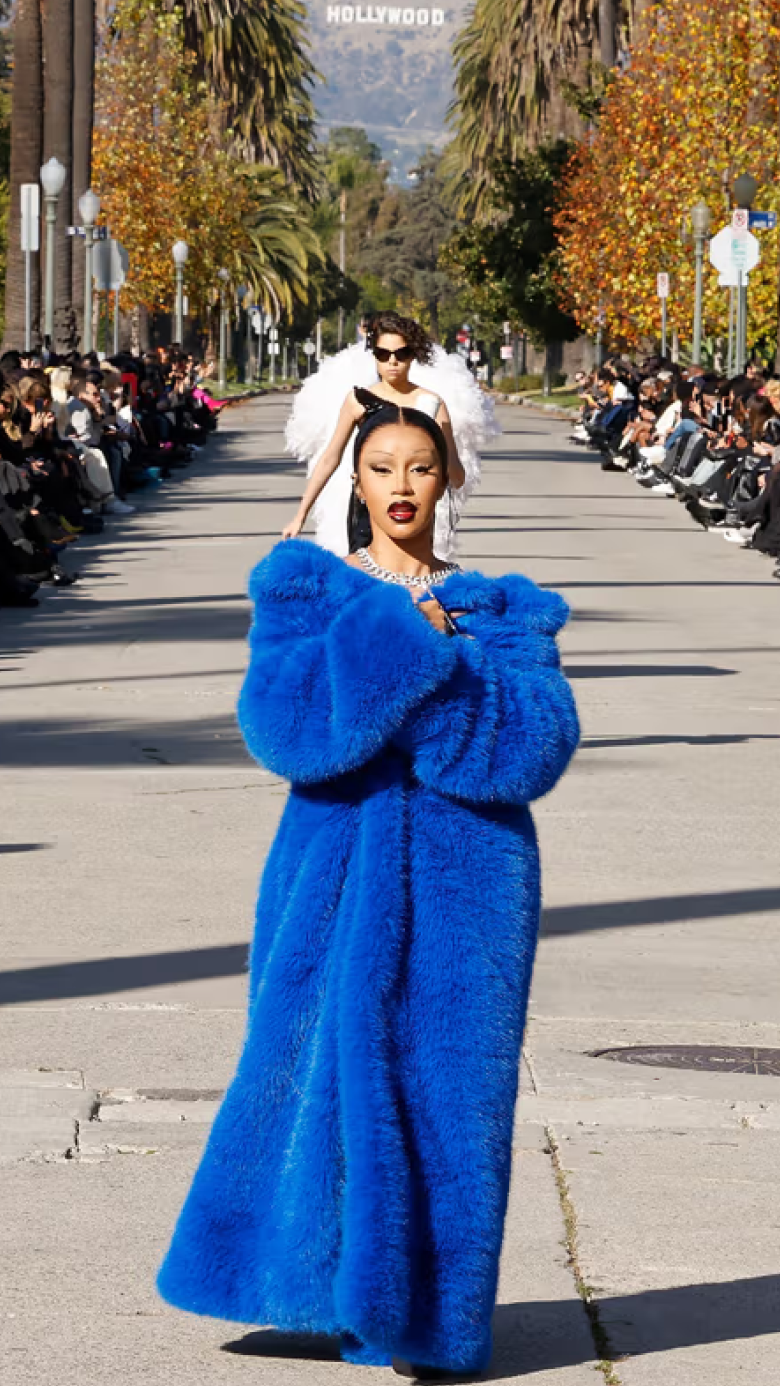
“Brands are taking a long, hard look at themselves, presenting self-reflective campaigns that are witty and original.”
As consumers become more sceptical of advertising in its traditional forms, the playing field is changing for brands vying for our attention. Platforms like social media are flourishing, whilst approaches such as guerrilla marketing and branded experiences are becoming more prevalent. Some brands are even getting meta, by rethinking their approach to themselves. Let me introduce, the trend of self-reflective marketing.
Let’s Be Real
Rather than REBRANDING to shift consumer perceptions, brands are embracing existing perceptions with humorous self-awareness. This is the trend of self-reflective marketing, a refreshing angle on advertising that understands the psyche of our post-ironic epoch. Consumers today are less willing to accept grandiose brand promises. We can see right through outdated scenes of sexy women holding products seductively or men reclined with oiled bodies, oozing the allure that could be yours, if only you’d buy their special thingy-ma-bob. So, rather than bludgeon their audience with this same tired method, sharp brands are turning consumer scepticism into an advantage – and making it an art form.
Glitz & Glamour
It may come as a surprise, but high fashion brands have executed self-reflective campaigns particularly well. Gucci, for example, did so by tapping into the everyday, down-to-earth appeal of meme culture. They commissioned artists to create memes to promote a new watch collection, encouraging fans to do the same and share theirs with the hashtag #TFWGucci (That feeling when – Gucci). These DIY cultural artefacts might seem like a far cry from the luxury and prestige of their brand. However, this bold move allowed them to really capitalise on social media. Through a wealth of user-generated content, Gucci achieved mass reach whilst maintaining authenticity.
The same pat-on-the-back is due for fellow fashionistas Balenciaga. This year, the brand released a range of photos showcasing their products in paparazzi style scenarios. They peppered their Instagram feed with faces shielded by branded leather bags. In doing so, Balenciaga made fun of their brand perception in a way that’s hilariously self-deprecating. We’re invited to covet the bags, not the lifestyle it might take to actually afford one.
Playfully Boring
On the other end of the spectrum, there are companies accepting their brand perception as something boring or uninspiring, and turning this on its head. IKEA is an example of a brand who’ve been doing this for years, most recently with content that transforms the banality of everyday life into something enchanting. Their “irresistibly pointless” pre-roll ads acknowledge the seeming lack of edge that a lamp or desk (and assembling one) can have. The five-minute YouTube ads actively encouraged people to skip, whilst paradoxically leaving them unable to do so. The result: brilliantly executed reverse psychology and an adoring audience response. IKEA’s back catalogue shows that they’re perhaps the benchmark for self-reflective marketing. For a budget furniture and homewares retailer, the brand never ceases to produce content that leaves audiences LOLing time and again.
Local Legends
Back home in Australia, online insurance service provider Bizcover recently launched a campaign using a similar, self-reflective tactic. In fact, their TVC ad was far more off-putting; and that was exactly the point! The brand played with the human truth that finding insurance can oftentimes be a tedious, frustrating and much-avoided process. And the way they went about it was risk-taking and ingenious. The video features a full minute of someone with hideous feet clipping their toenails – and butchering the job meanwhile. The message of the content was stated clearly, “Stop watching and head to BizCover to finally get a better deal on insurance.”
By confronting their audience with something even more uncomfortable than finding insurance, the brand was able to generate a lot of positive buzz online. Like fellow self-reflective aficionados IKEA, Bizcover has used this style in their content before. The brand has a history of featuring uncomfortable undertones in their marketing. But their toenail campaign is their most brazen – and perhaps most successful – example yet. They’ve claimed the uncomfortable territory and proved just how effective self-reflection can be.
Being self-reflective is a way for a brand to offer consumers intangible value through being entertaining. However, it takes a strong brand to pull off. There’s something daringly confident about these brands and their self-reflective mentality. Understanding yourself enough to go out on a limb and subvert your own image commands respect.
I know I feel more inclined to support a brand that’s willing to make themselves vulnerable, so unabashedly inviting consumers to have a laugh at their expense. There’s a common public perception of companies as heartless, faceless corporations. So, taking the mask off to expose yourself, warts and all makes for a welcome breath of fresh air. Getting down on your audience’s level and not taking yourself too seriously demonstrates that you’re human. That’s an appealing thing to buy into.
—
Want help developing a self-reflective brand? Get in contact with our brand design agency to find out how we can help you.






